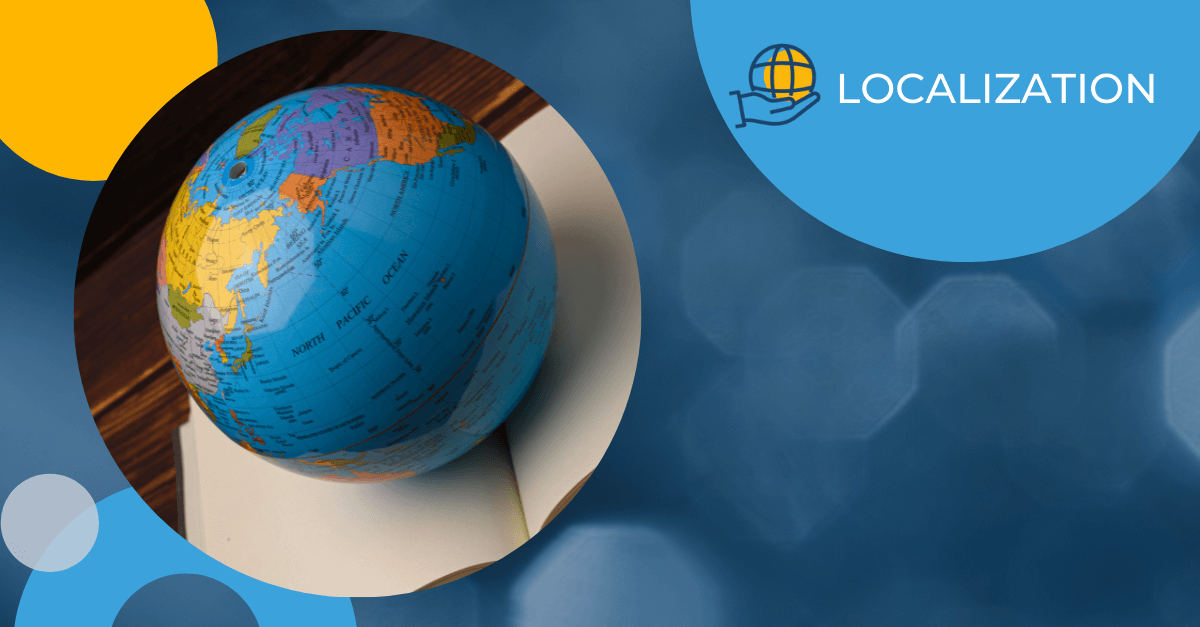According to the statistics website Statistica, worldwide free app downloads in 2016 is projected to grow to 211.31 billion downloads, and paid app downloads are predicted to be 13.49 billion downloads. There is no question that the international value of apps is on the ‘up and up.’ Yet, in a world where language remains the primary challenge to taking your app global, translation is a must. After all, the value of your app is not what you have to offer, rather what users can gain from it. Therefore, just having your app in the global app store isn’t enough; users need to be able to get the full value of your app in the language they are most comfortable with. But straight, literal translation will almost always decrease the value of your app with regards to the user experience. Your branding and marketing message will inevitably get lost in translation. For mobile apps, this is where the need for localization comes in.
Why isn’t translation alone sufficient? Because if a provider were to just directly translate their app they run the risk of a number of issues, the most frequent being the text and context.
Translating text from one language to another will change the length of the text, sometimes even up to 50% longer when translated into another language, thereby not filling the designated space correctly. This is a real issue in mobile as space is extremely limited. Alternatively, they run into compatibility issues of text orientation, such as left-to-right vs right to left, or even vertical text. Additionally, there are local differences in terms of date and time, measurement conversions (imperial vs metric,) and using the correct currency formats.
If not done properly, globalizing your app leaves you vulnerable to mistranslations and graphics that might be culturally inappropriate or sensitive. This is where the context comes in. Translating your app needs to be done with the cultural specificities of the target countries that only a native would know. This is why human localization that is done by a native of the country is critical. Furthermore, mobile apps have a specific vocabulary that needs to be accounted for. For example, the word “done” can be translated in a number of ways, but as it is a crucial button on all mobile devices, the correct, culturally specific term must be used. Anything else would look wrong. A localization service that uses translators native to each target country will be able to take into account these ‘small’ details to provide the optimal user experience.
You can learn more about Morningside’s translation and localization services by clicking here.


